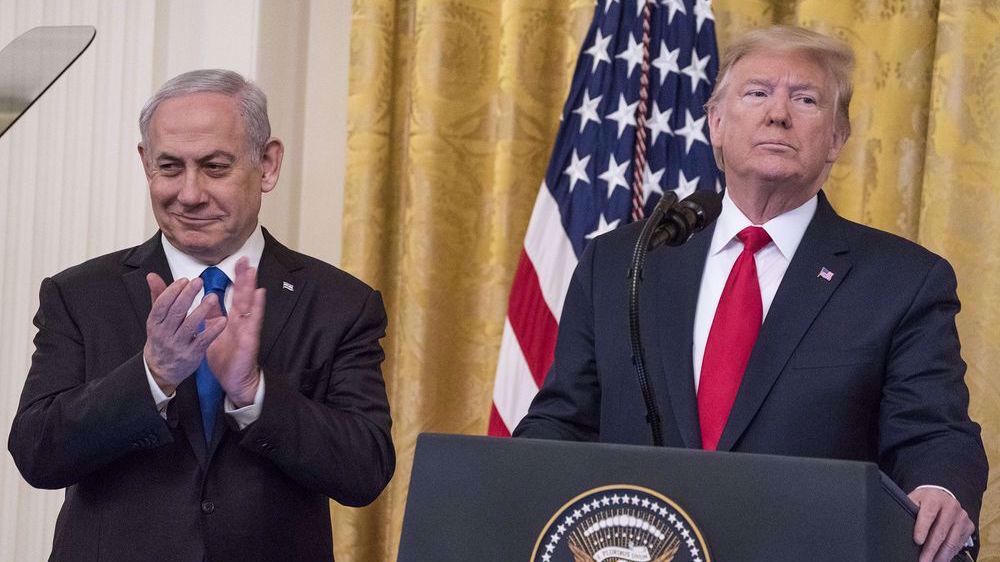China set to restructure state-owned enterprises
China has unveiled details of a plan to restructure the country’s state-owned enterprises, including through partial privatization, as available data point to sputtering growth in the world's second-largest economy.
The plan, whose details were revealed on Sunday, has been drawn up by the Communist Party's Central Committee and the State Council, which is China's cabinet, and includes secondary plans to clean up and integrate some state-run firms, Reuters said quoting a report by China’s official Xinhua news agency.
The report added that reform plans include introducing "mixed ownership" of state-run enterprises by attracting private investment, whose "decisive results" are expected to show themselves by 2020.
"This reform will be positive for improving the impetus of the economy and making growth more sustainable," said Xu Hongcai, director of the economic research department at the China Center for International Economic Exchanges (CCIEE), which is a Beijing-based think-tank.
He added that partial privatization would help establish "check-and-balance and incentive systems" at state firms.
The government of China is currently managing 111 companies centrally under the State-owned Assets Supervision and Administration Commission, or SASAC. Meanwhile, local governments own and manage around 25,000 companies, which overall employ nearly 7.5 million people.

According to the plan, state firms will be allowed to bring in "various investors" to help diversify ownership of company shares. At the same time, more state firms will be encouraged to undergo restructuring to pave the way for stock listings.
The government is also planning to encourage private investors to buy stakes in state firms, buy convertible bonds issued by state firms, or swap shares with state firms.
The report, however, noted that full-scale privatization was not part of the plan, as the government aims to "cultivate a large number of state-owned backbone enterprises with innovation capability and international competitiveness."
The details of the plan were issued after the government said growth in China's investment and factory output fell short of the August forecasts, with data indicating weak trade and inflation rates that have raised the chances that economic growth may fall below 7 percent in the third quarter of the year for the first time since the global financial crisis.
"Overall, the economy is very weak and the central bank may have to continue cutting interest rates and banks' reserve requirement," said Zhou Hao, senior economist at Commerzbank AG in Singapore.
China's central bank has already reduced interest rate five times since November last year.
Chinese government aims to achieve an economic growth rate of around 7 percent for 2015, which would be the slowest in a quarter century.

Moving against global tide, Israel eliminates all tariffs on US goods

OPEC+ to raise output for first time since 2022: Report

Oil prices climb despite trade war concerns
Global reactions, offers of assistance pour in after huge deadly explosion in S Iran
Iran pres. stresses collective, effective fight against terrorism in calls with India, Pakistan PMs
Iran declares holiday in Bandar Abbas port as fire still raging
VIDEO | NY protesters demand end to genocide on Global Day for Gaza
VIDEO | Pope Francis funeral mass held in St. Peter's Square
VIDEO | UK education activists focus on decolonization
Iran supports any measure to strengthen peace, tranquility: Pezeshkian
Iran, Russia agree to transfer gas via Azerbaijan: Minister







 This makes it easy to access the Press TV website
This makes it easy to access the Press TV website